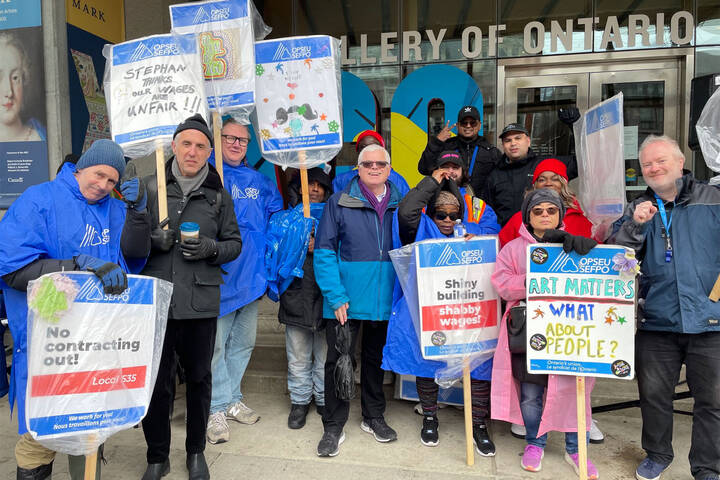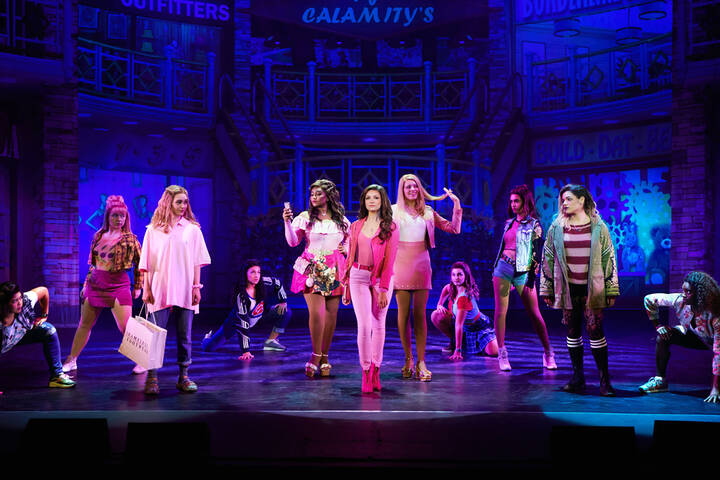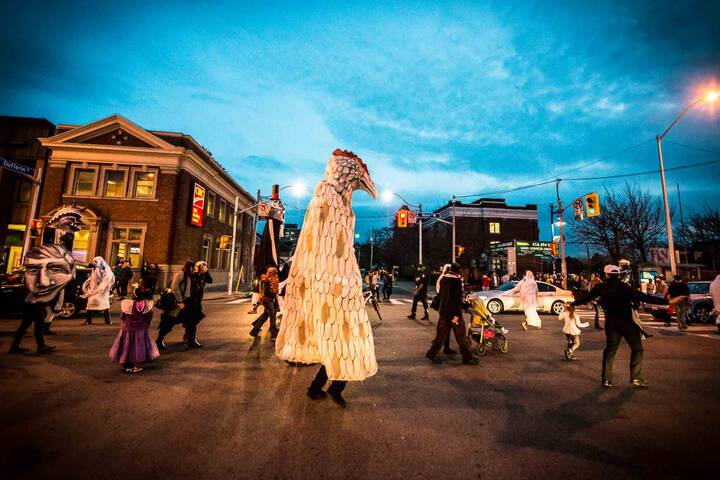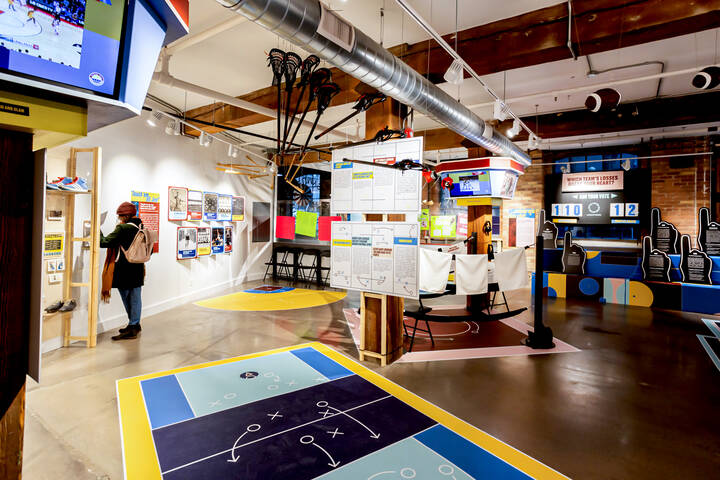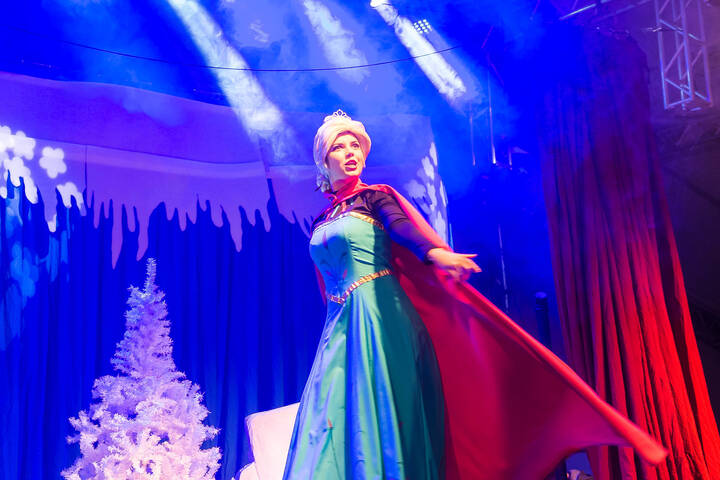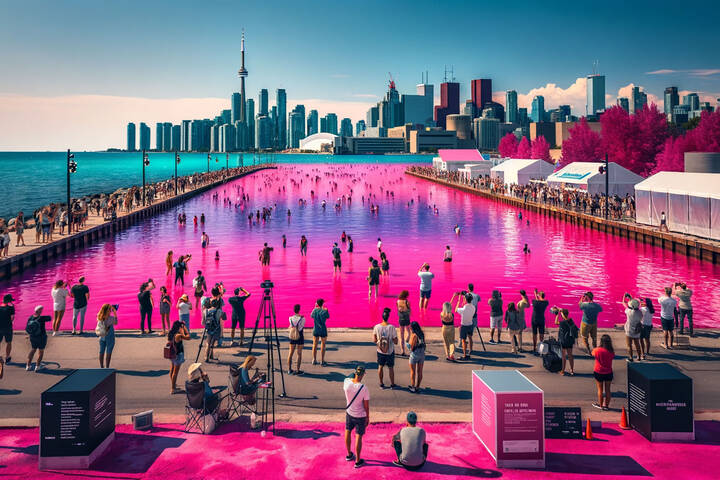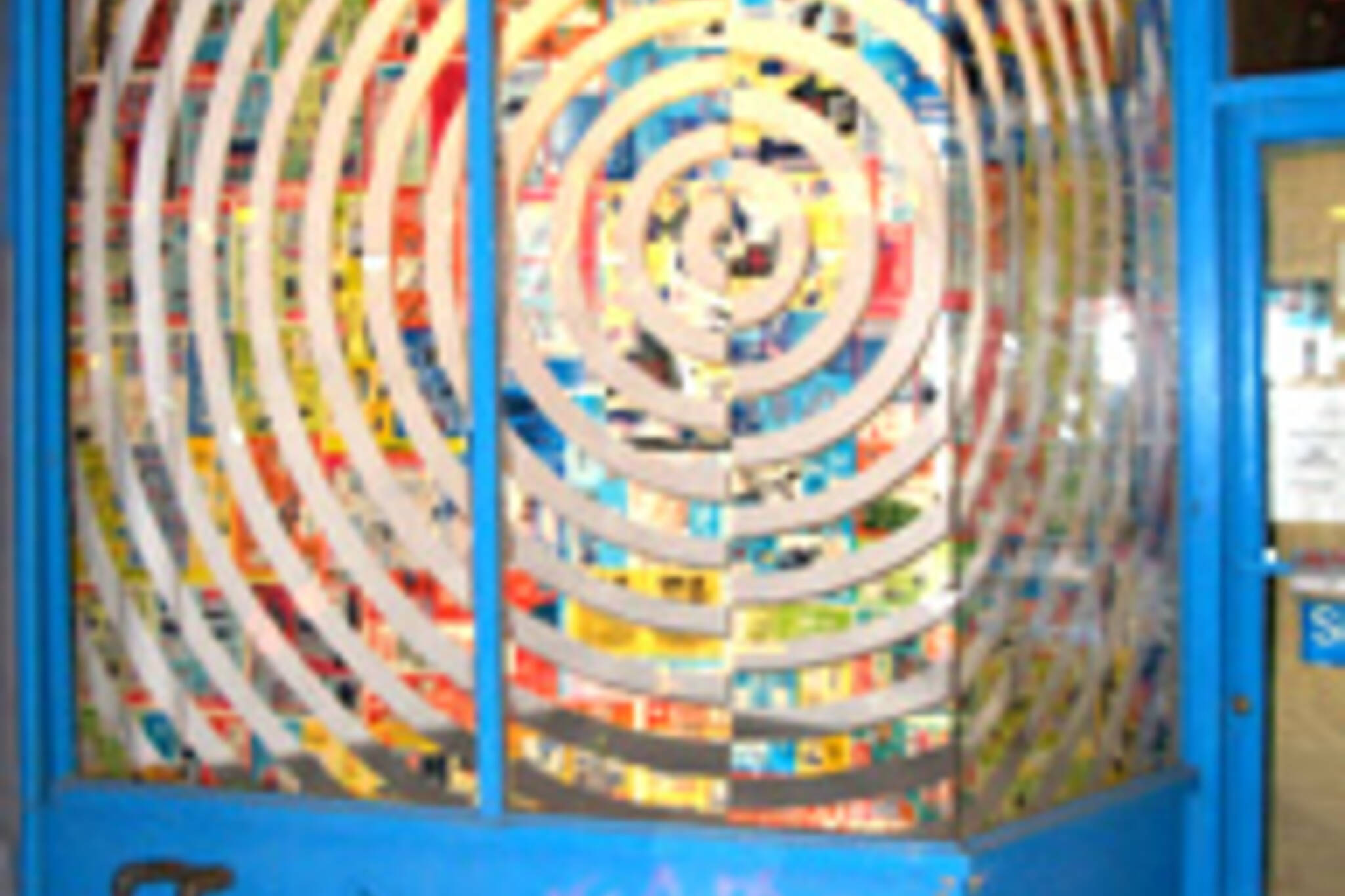
Target at Fly Gallery
If you've been along Queen West and past the Drake this past month, you may have noticed the large target in a window. You may have thought it was a promotional display. But, no ... it's a work by Kristiina Lahde, and will be up until the end of the week. When I first saw it a couple of weeks ago, I was a little struck by it's lack of umph. Lahde has taken advert fliers and cut concentric circles from them in order to produce the target pattern. It was only later that I began to sort of see the ideas come together; the ads, the target, the window; all these things are usually designed to suck you into the store - you are to be the arrow flying toward the door.
When I was growing up my father hated heavy metal music, and especially the videos. He ran a gun-shop out of the house, and the occasional weekend was spent at the gun range shooting at targets, developing sniper-like skills. To this day I can hit a bottle cap 100 metres away, because I spent all that time staring through sights at the bull's eye. My Dad, back in the 80s, used to say that heavy metal musicians would make good target holders. I'm not sure bringing that up is really relevant, except to say that I don't tend to think about targets much, and perhaps that's why. They're something I tend to take for granted, something meant to be shot at. My Dad turned them into a metaphor of frustration and dislike.
So it's perhaps appropriate because Lahde has by coincidence extended that metaphor toward the junk-mail advertising industry. Lahde, in using adverts, has made the models and the products the target. As she states in her artist statement, she aims to highlight their junk-mail status by disrupting their function by cutting into them.
In his 1999 book, A Short History of the Future Warren Wagar described a future art, based around what we'd call socialism, that was a revived form of Realism. 'Artists and writers blended meticulous realism with a reawakened sense of moral possibility,' he wrote. 'It made heroes and heroines out of common folk [...]. Critics occasionally drew unkind comparisons between substantialist art and the 'socialist realism' decreed by Joseph Stalin and Andrei Zhdanov in ... Soviet Russia. But the truly creative minds went well beyond anything imagined in the sterile diatribes of these long-dead comrades.' In trying to imagine what such paintings might be like, I thought of the work of BC's Chris Woods, who plays on the idea that the Church was the first franchise, and from that began to see the types of ads Kristiina uses in a new way. Like Socialist Realism, these adverts are full of smiling people.
In a January 1999 article/review of the advertising industry's Clio awards published in Harper's, Jonathan Dee wrote:
"An evening at the Clios makes more or less inescapable the connection between this sort of sponsored art and the art of the American television commercial: an aesthetic, in the term suggested by sociologist Michael Schudson, of 'capitalist realism.' Of course there are important semantic differences (Soviet art glorifies the producer; American advertising, the consumer), as well as a near reversal of the values such art is commissioned to protect - except, perhaps, to the degree that power itself can be considered a value. But the central value of American capitalist realism remains, for all its staggering refinement, as old as Marx: the fetishism of commodities. Capitalist realism amounts to an insistent portrait of the world as a garden of consumption in which any need - no matter how antimaterial, how intimate, or how social - can be satisfied by buying the right things. The relationship between the human qualities with which this art animates a given commodity and the commodity itself is a wholly fictional one, and it is upon that fiction, you could say, that our economy rests."
I can't help but feel that this type of concern has passed, at least on the surface. We all have memories surrounding The Battle of Seattle and its like circa 1999-2001, all of which seemed to dissolve with so much else in that reverse mushroom cloud that day in Manhattan. Consumerism doesn't seem to be as bad as the moral outrage surrounding the subsequent Iraq war, which is so current today that Paul Isaacs got his review of a bad movie read on air last week by George Stroumboulopoulos because of how he worked into it a poke at the Bush administration.
I don't think Lahde had all this in mind when she proposed and executed target; I'm kind of just riffing here, but it's interesting that something so insubstantial - adverts, pasted to a window, subject to an exacto-knife, sum up the Left's social concerns over the past five years. Since wars are all about targets and as Isaacs expressed in his review, the 'invasion under false pretenses' is for the Right and the Left sticky enough for both side's outrage. Everyone's annoyed about being lied to. Advertising, we sometimes forget, is always about that. It's always some kind of fantasy, infantalizing adults as hopelessly lost fellows who need a product to rescue them, just as the Iraqi people supposedly needed rescuing by the gun-sights of American tanks and bombers. Capitalist Realism of smiling people frolicking in savings and greeting their liberators in the streets targets us all. It's fortunate that we're all capable of seeing through the exaggerated artifice.
(A Short History of the Future quote from pages 194/195 of the 3rd edition. Photo courtesy of Kristiina Lahde.)
Latest Videos
Latest Videos
Join the conversation Load comments
